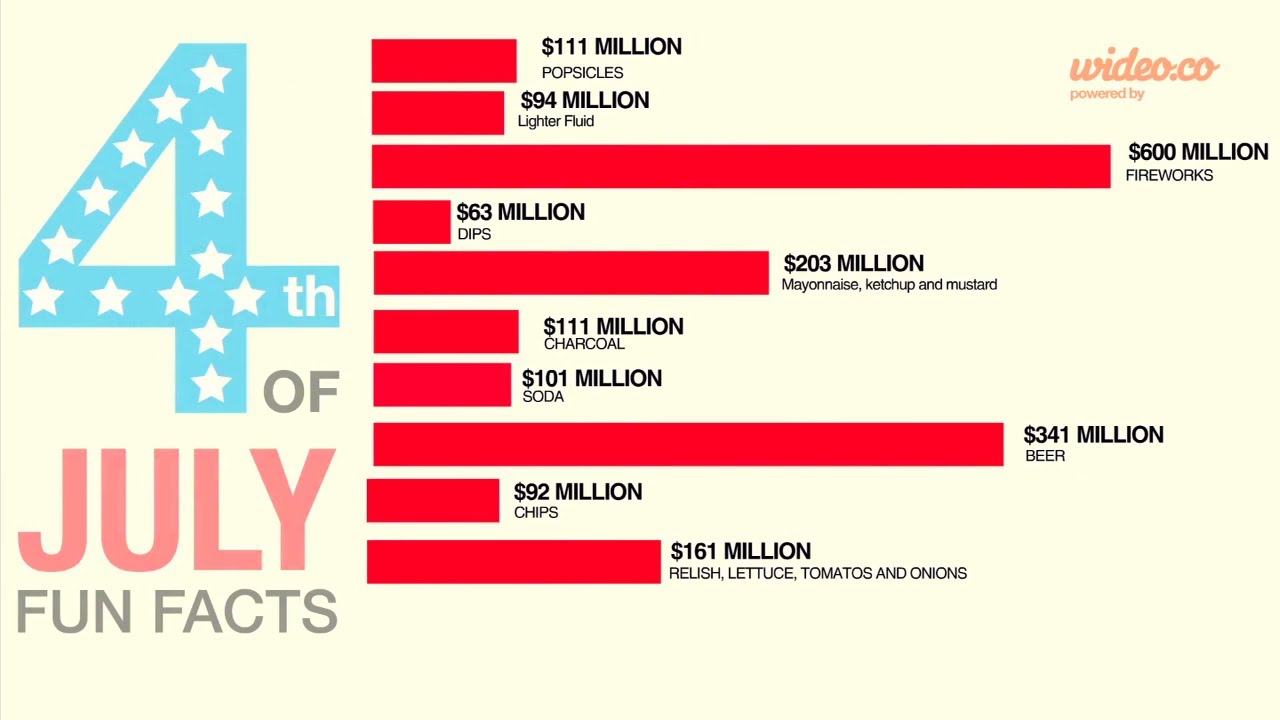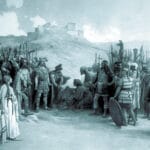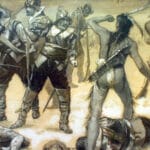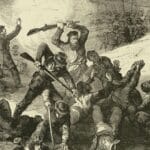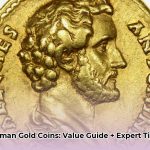The Fourth of July—a vibrant tapestry of fireworks, barbecues, and family gatherings—appears simple on the surface. Yet, beneath the celebratory veneer lies a rich, complex history brimming with surprises and contradictions. This isn’t just another history lesson; it’s an immersive exploration of the intriguing, unexpected, and sometimes peculiar narratives woven into the fabric of America’s birthday celebration. Prepare to ignite your understanding of Independence Day with these illuminating facts.
From Declaration to Celebration: A Journey Through Time
The Fourth of July’s evolution from a formal declaration to a national festivity is a captivating tale. This journey reveals not just historical events, but also the changing perceptions and interpretations of this iconic American holiday.
-
The Declaration’s Delayed Signature: While we commemorate July 4th as the day the Continental Congress formally approved the Declaration of Independence, the iconic signed document we often envision wasn’t finalized until August 2nd. This subtle distinction highlights the intricate timeline of this pivotal event. The approval on July 4th was a momentous decision, but the official signed version, a month later, cemented the commitment to independence.
-
A Nation Forged in Disagreement: The road to independence wasn’t paved with unanimous agreement. Significant dissent existed among the colonists, fueling passionate debates and highlighting the deep divisions within the nascent nation. These disagreements, far from diminishing the significance of the event, underscore the complexities of forging a new nation from disparate colonies with varying interests and concerns.
-
John Adams’s Calendar Quandary: John Adams, a pivotal figure in the independence movement, firmly believed July 2nd—the day Congress voted for independence—should be the day of national celebration. He envisioned grand festivities, “pomp and parade…from one end of this continent to the other.” While his prediction of widespread celebrations proved accurate, his preferred date ultimately lost out to July 4th, the day the Declaration was officially adopted.
-
A Presidential Passing, Shrouded in Coincidence: An eerie coincidence colors the 50th anniversary of the Declaration of Independence. Both John Adams and Thomas Jefferson, two titans of the Revolution, passed away on July 4th, 1826. This peculiar parallel adds a layer of mystery to the holiday’s historical narrative. Their shared death date, after a lifetime of both collaboration and rivalry, serves as a poignant reminder of their intertwined legacies.
-
Fireworks: A Modern Spectacle: Early Fourth of July celebrations were markedly different from the pyrotechnic displays we witness today. Town meetings, community gatherings, and patriotic parades were the customary forms of celebration. The dazzling fireworks shows are a relatively modern addition, a testament to advancements in pyrotechnic technology and a reflection of the evolving nature of public celebrations.
-
The Evolving Symbolism of the Flag: The American flag, a potent symbol of national identity, has been subject to evolving etiquette and regulations. The seemingly straightforward rules governing its display today are the result of extensive debates and revisions, reflecting shifts in societal values and interpretations of patriotism.
-
Independence: A Concept in Constant Flux: The meaning of Independence Day has undergone a significant transformation over time. Initially signifying freedom from British rule, it has broadened to encompass broader themes of democracy, individual liberties, and national unity. This evolution reflects the ongoing national conversation about the meaning of freedom and equality for all citizens.
-
Celebrating Amidst Contradictions: The Fourth of July embodies both triumph and unresolved tensions. It’s a celebration interwoven with the ongoing struggle for true equality and justice for all Americans. Acknowledging these contradictions enriches our understanding and allows for a more nuanced appreciation of the holiday’s complexities.
-
Commercialization and the Spirit of Independence: The modern celebration of Independence Day is undeniably intertwined with consumerism. The substantial expenditure on decorations, food, and festivities presents a stark contrast to the holiday’s historical origins. This commercialization prompts reflection on how consumer culture shapes contemporary interpretations of holidays and their historical significance.
-
The Unsung Role of Women: While the narratives of the Founding Fathers dominate the historical accounts of Independence Day, the contributions of women during the Revolutionary era often go unacknowledged. Women played crucial roles in supporting the war effort, boycotting British goods, and even engaging in espionage. Their stories add a vital dimension to the narrative of independence.
-
The Ongoing Quest for Liberty: The ideals enshrined in the Declaration of Independence—life, liberty, and the pursuit of happiness—continue to resonate and inspire movements for social justice and equality. The Fourth of July serves as a reminder of the ongoing struggle to fully realize these ideals for all Americans, regardless of background or identity.
-
Global Echoes of American Independence: The American Revolution and the subsequent Declaration of Independence had a profound impact on other nations and their struggles for freedom. The ideals of self-governance and individual liberties reverberated across the globe, inspiring movements for independence and democratic reform in various countries. This global context adds another layer of significance to the Fourth of July.
- Unlock ancient roman remedies: Natural treatments revealed for modern wellness. - August 17, 2025
- Unlock History: Ancient Roman Coin Necklace Trends & Buys - August 17, 2025
- Beyond Gladiators: Achievements in Ancient Rome Still Shaping Our World - August 17, 2025
